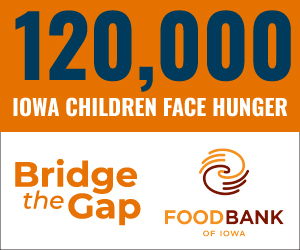McLellan: Pokemon Go’s lessons for us all

DREW MCLELLAN Jul 29, 2016 | 11:00 am
3 min read time
617 wordsBusiness Record Insider, Sales and MarketingUnless you’ve been unconscious for the past couple weeks, you’ve heard of Pokemon Go. In case you haven’t, it’s a new game app released for smartphones on July 6.
The game is based on the Pokemon games and franchise and in many ways, mimics the popular video game developed for the original Game Boy back in 1995.
The basics of the game are that you earn points and power by capturing various Pokemon (imaginary creatures). There’s an interesting exercise element — you earn more game elements as you walk. The more you walk, the more you can do.
There’s more to it than that, but for the point I am trying to make, it’s enough.
This new version for smartphones has taken the world by storm. It’s broken all records for app downloads (over 30 million as of July 19) and the average user is spending almost 45 minutes a day playing it.
So far, the app is averaging $1.6 million dollars a day in the iTunes app store. Keep in mind; the game itself is free to download. People are spending $1.6 million a day on enhancements and game upgrades.
Who is playing may surprise you. Adults of all ages have jumped in in massive numbers. For some it augments their walking goals that they’re already tracking with their FitBit. But for most, it’s just fun. Professional sports teams, the State Department’s press briefings and other surprising places have declared Pokemon Go off limits.
App stores are packed with millions of apps and very few of them have gotten more than a few hundred downloads. If you want to leverage mobile technology with an app, here are some elements of success, Pokemon style.
Start with your core and expand: Nintendo clearly knows the gamers who have been loyal to them for years. They kept many of the elements of the original game in this new version so it would feel familiar, but with some added twists.
But many of the people playing the new mobile version have never played the video or console editions. Nintendo not only knew their core, but they had a very clear understanding of how mobile users love to track success, be it steps or game play, and they capitalized on those facts.
Make it sticky: If the average person is spending almost 45 minutes a day playing, imagine what the super users are doing. The game is easy to play and you can start and stop quickly. Walking to your car at the end of a long day? Why not play? Babysitting your little brother? Why not play? Taking the dog for her morning stroll? Why not play? The game serves up rewards regularly, so it’s easy to get sucked in and play longer than you intended.
Build community/camaraderie: It’s built to play alone, but there are many elements that encourage people to play together. If you’re physically with someone else, you see the same Pokemons, so you can help each other or even capture the same creature at the same time.
Even when you’re not playing the game, you can be part of the community. Blog posts, message boards and even a Pokemon Go podcast keep enthusiasts up to date on the tricks of seasoned players.
When you look over the elements of this runaway hit, it’s easy to get caught up in the technology. But the truth is, they’re following a very old recipe. Know your audience inside and out, get them to try it and then keep making it easy and enticing to come back and finally, give them ways to attract their sphere of influence.
Does your app or your app idea follow the recipe?











